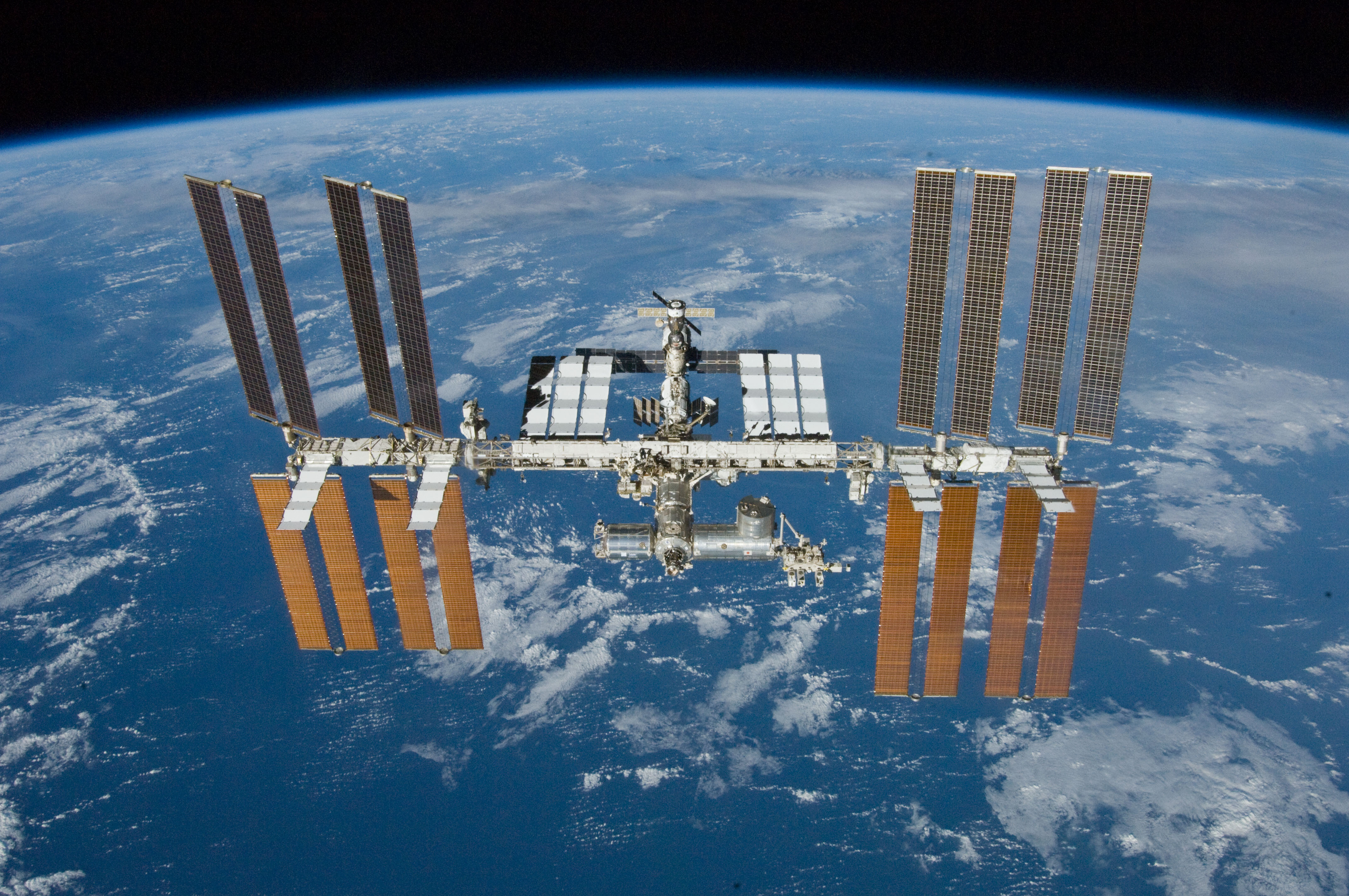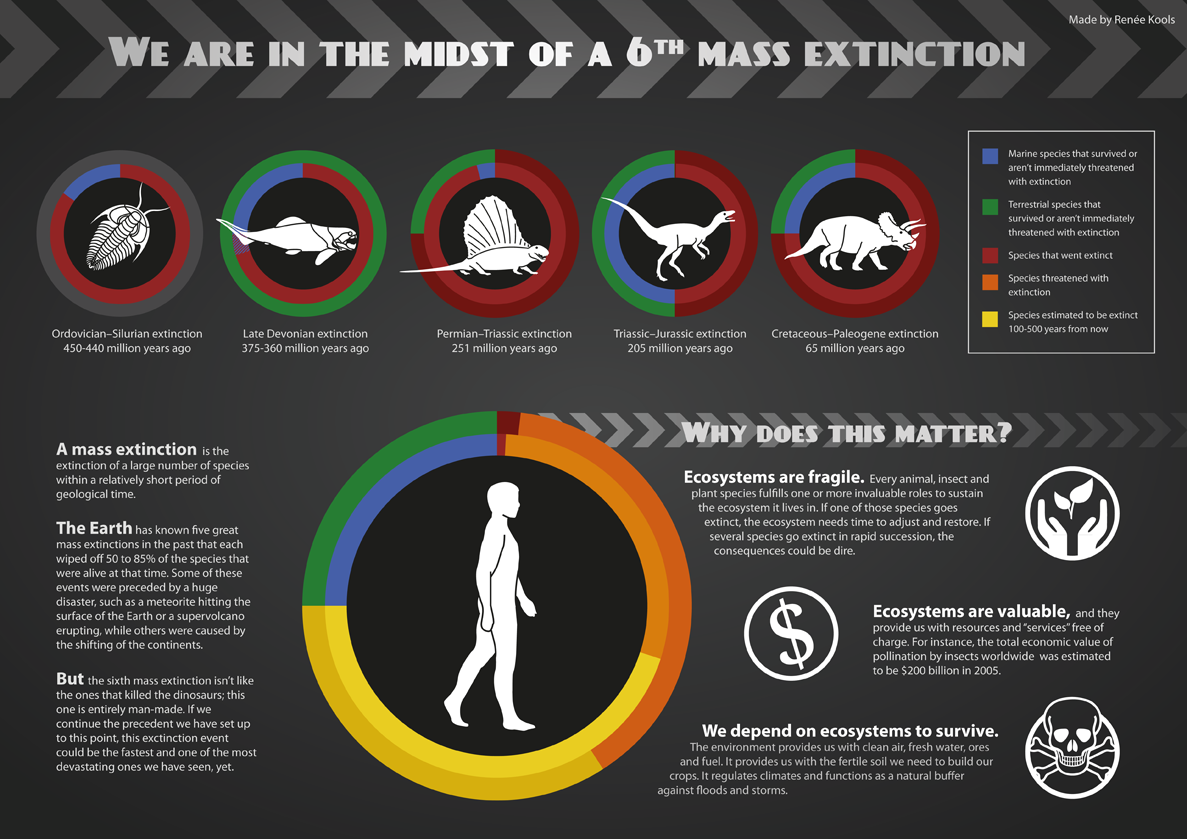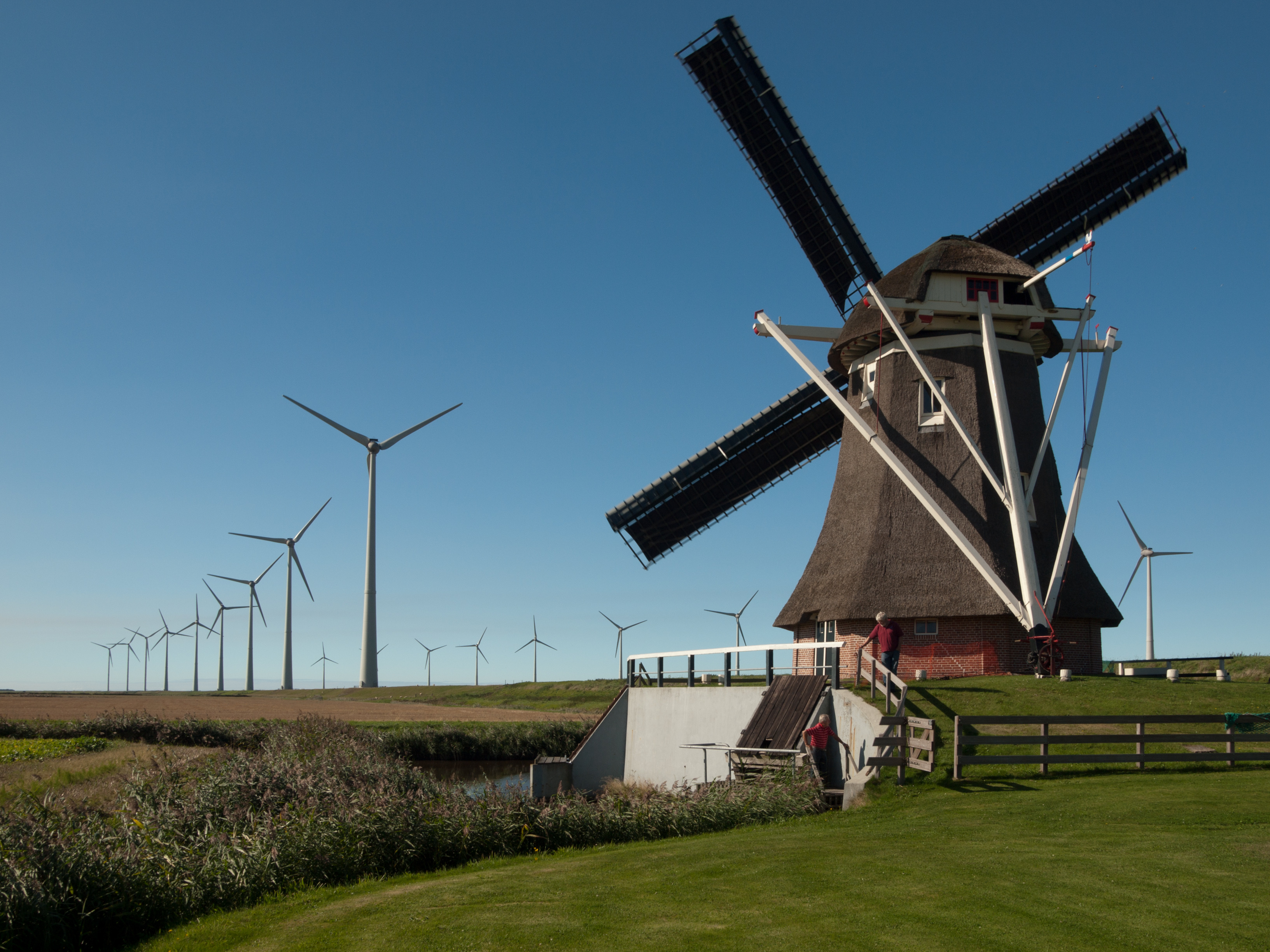
Twenty-foot equivalent unit
The
twenty-foot equivalent unit (often
TEU or
teu) is an inexact unit of cargo capacity often used to describe the capacity of
container ships and
container terminals.
It is based on the volume of a 20-foot-long (6.1 m)
intermodal container,
a standard-sized metal box which can be easily transferred between
different modes of transportation, such as ships, trains and trucks.
There is a lack of standardisation in regard to height, ranging
between 4 feet 3 inches (1.30 m) and 9 feet 6 inches (2.90 m), with the
most common height being 8 feet 6 inches (2.59 m).
Also, it is common to designate 45-foot (13.7 m) containers as 2 TEU, rather than 2.25 TEU.
Container shipping is different from conventional shipping because it
uses 'containers' of various standard sizes - 20 foot (6.09 m), 40 foot
(12.18 m) , 45 foot (13.7 m), 48 foot (14.6 m), and 53 foot (16.15 m) -
to load, transport, and unload goods. As a result, containers can be
moved seamlessly between ships, trucks and trains. The two most
important, and most commonly used sizes today, are the 20-foot and
40-foot lengths. The 20-foot container, referred to as a Twenty-foot
Equivalent Unit (TEU) became the industry standard reference so now
cargo volume and vessel capacity are commonly measured in TEU. The
40-foot length container - literally 2 TEU - became known as the
Forty-foot Equivalent Unit (FEU) and is the most frequently used
container today.
The container sizes need to be standardized so that the containers
can be most efficiently stacked - literally, one on top of the other -
and so that ships, trains, trucks and cranes at the ports can be
specially fitted or built to a single size specification. This
standardization now applies across the global industry, thanks to the
work of the
International Organization for Standardization (ISO) that in 1961, set standard sizes for all containers.
Proper loading or "stuffing" of containers is very important to the
safety and stability of the containers and the ships, trucks and trains
that transport the containers. In 2008, the World Shipping Council
(WSC), together with the International Chamber of Shipping (ICS),
published
Transport of Containers by Sea - Industry Guidance for Shippers and Container Stuffers to aid those loading containers.
In 2010, WSC and ICS issued a
joint statement calling on the International Maritime Organization (IMO)
to establish an international legal requirement that all loaded
containers be weighed at the marine port facility before they are stowed
aboard a vessel for export.
Containers are generally constructed of aluminum or steel with each
container size and type built according to the same ISO specifications,
regardless of where the container is manufactured.
Shipping containers are available in a variety of types in addition to the
standard dry cargo container
often referred to as "special" equipment. These special containers
include open end, open side, open top, half-height, flat rack,
refrigerated (known as "reefer"),
liquid bulk (tank), and modular all built to same exterior lengths and
widths as the standard dry cargo containers. Containers in the
global container fleet equate to more than 34 million TEU.
Open tops are used for easy loading of cargo such as logs, machinery
and odd sized goods. Flat racks can be used for boats, vehicles,
machinery or industrial equipment. Open sides may be used for vegetables
such as onions and potatoes. Tank containers transport many types of
liquids such as chemicals, wine and vegetable oil.
Every container has its own unique unit number, often called a box
number that can be used by ship captains, crews, coastguards, dock
supervisors, customs officers and warehouse managers to identify who
owns the container, who is using the container to ship goods and even
track the container's whereabouts anywhere in the world.
http://www.worldshipping.org/about-the-industry/containers
https://en.wikipedia.org/wiki/Twenty-foot_equivalent_unit



















